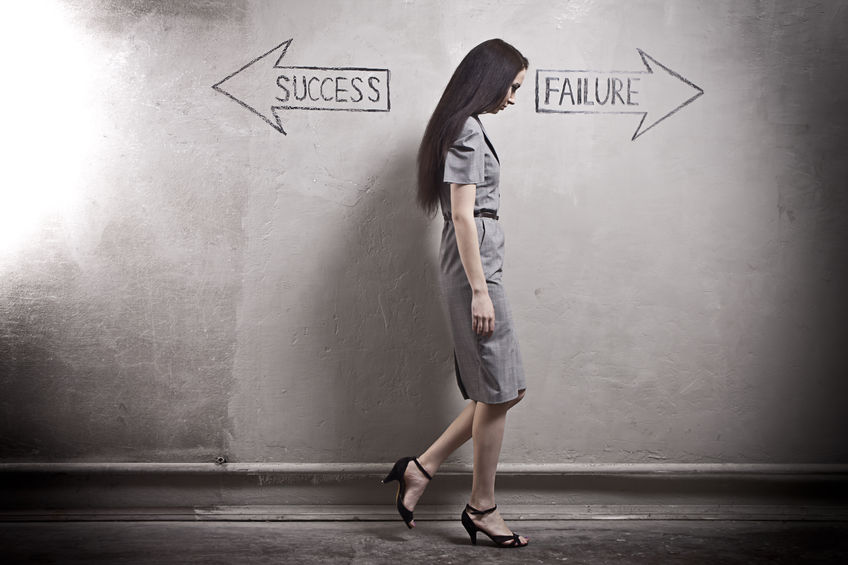Performing on the high wire without a safety net is not a way I’d suggest to learn from failure. Odds are, your first time on the tight rope, you’ll make a mistake. On the plus side, you’ll probably only make one, so you got that goin’ for ya.
But in life, as in business, failure is part of the game. You give it your best shot, with a positive attitude, a bounce in your step, and reality comes crashing in, seemingly destroying everything you built. It’s not fatal, no matter how we sometimes react to it, but it hurts.
Equally, as much as failure is part of the game, bouncing back is part of the game too. And it’s never cliché, because like every great story, each success cultivated from failure is a unique and inspiring truth. Learning from failure and applying those lessons is the key to making failure part of the process, and not and end to it.
1. Face your problems head-on
Mark Hendrickson started a company called Plancast in 2009. It had a lot going for it early on, and success was just around the corner. Then everything went wrong. He learned a lot from that failure. “I think the most important lesson here is that we should have tackled these problems more head-on through particular design changes rather than hoping the positive aspects of our product would simply outweigh the negative ones.”
2. Listen to the right people (not just your friends, your critics too)
During a TED Talks presentation, Elon Musk said, “Really pay attention to negative feedback and solicit it particularly from friends, this may sound like sort of simple advice but hardly anyone does that and it’s incredibly helpful.” David Cohen, a very successful entrepreneur in his own right, wrote, “Always keep in mind that the most critical customers who post the most awful reviews can sometimes present you with your biggest opportunities.”
3. Take the long view, you will out live your failure, not the other way around
Nick Woodman was a surfer. After that he was a B student. Then he failed with 2 businesses and burned a few investors along the way. His failures drove him harder in his next business, GoPro. “I was so afraid that GoPro was going to go away like Funbug that I would work my ass off. That’s what the first boom and bust did for me. I was so scared that I would fail again that I was totally committed to succeed.” He’s one of the youngest billionaires today. But stay tuned on this one, he may still have some lessons ahead, Apple just filed for some very GoPro-like patents.
4. Own your failures
You can go to a conference about failure. No kidding. In 2009, Cassandra Phillipps founded FailCon. It was a one day event featuring presentations about the biggest failures from successful executives. You know what? It failed. Ashley Good who partnered with Cassandra and is a CEO in her own right comments, “You can actually say to yourself, ‘Just because I failed doesn’t mean I am a failure.’” And that advice is working out for Cassandra. She is starting up FailCon 2.0 in 2015. Look for it this fall.
The thing that all these stories have in common is that failure was one chapter in a longer book. Whether you are hitting the wall in listings or loan applications or goofed up your most recent project, every shortcoming comes with a lesson. The ones who look for that lesson usually heal up and get out there again with an improved attitude and a bit more knowledge to face future challenges.
So, how many failures will it take for you to get over the hump?
[cwrcta id=’read-blog-sub-insiders’]
